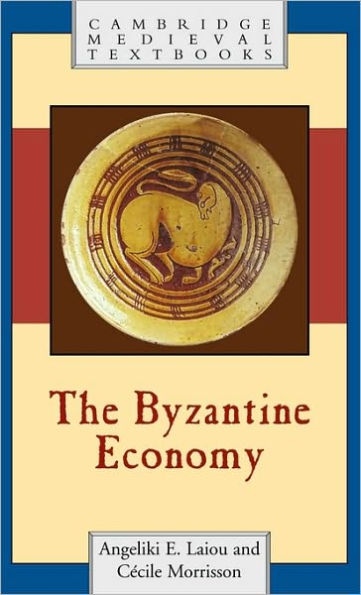5
1
9780521849784




The Byzantine Economy
- ISBN-10:
- 0521849780
- ISBN-13:
- 9780521849784
- Pub. Date:
- 09/20/2007
- Publisher:
- Cambridge University Press
- ISBN-10:
- 0521849780
- ISBN-13:
- 9780521849784
- Pub. Date:
- 09/20/2007
- Publisher:
- Cambridge University Press

The Byzantine Economy
$116.0
116.0
In Stock

Product Details
| ISBN-13: | 9780521849784 |
|---|---|
| Publisher: | Cambridge University Press |
| Publication date: | 09/20/2007 |
| Series: | Cambridge Medieval Textbooks |
| Pages: | 288 |
| Product dimensions: | 5.51(w) x 8.50(h) x 0.83(d) |
About the Author
From the B&N Reads Blog
